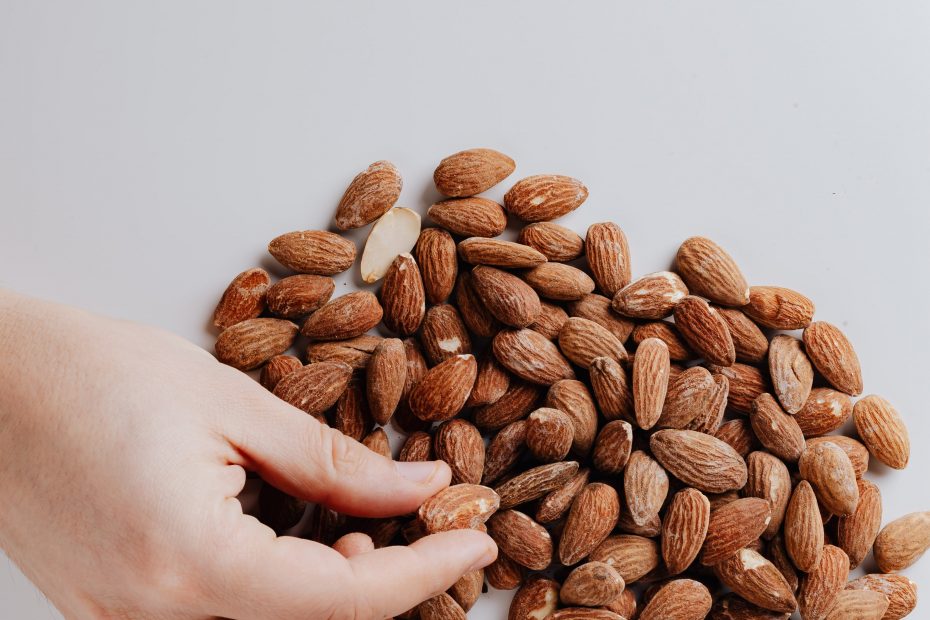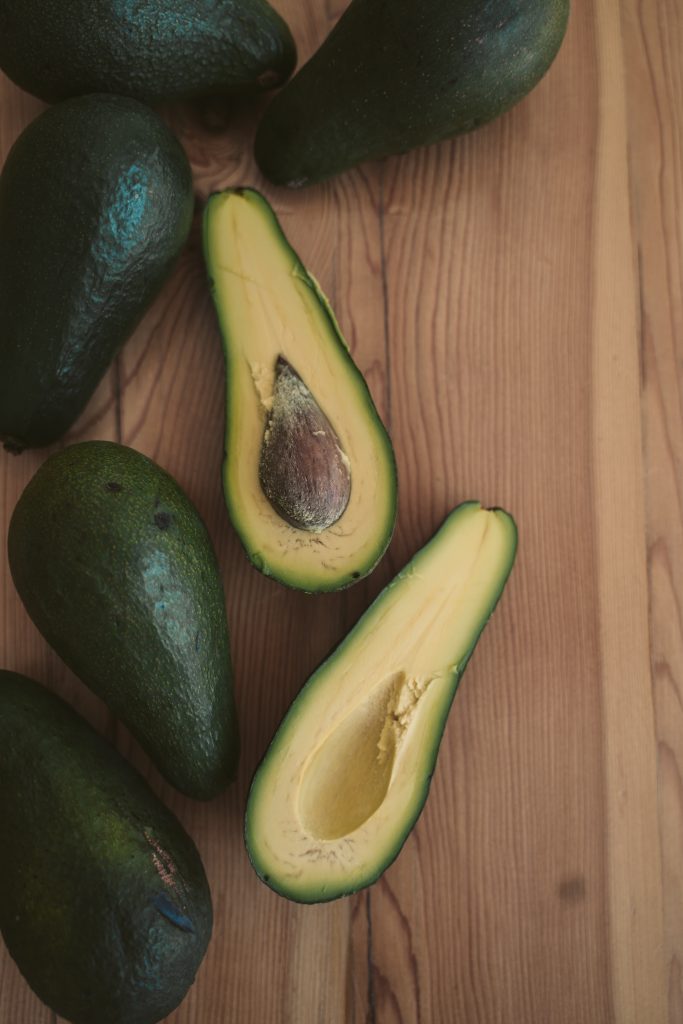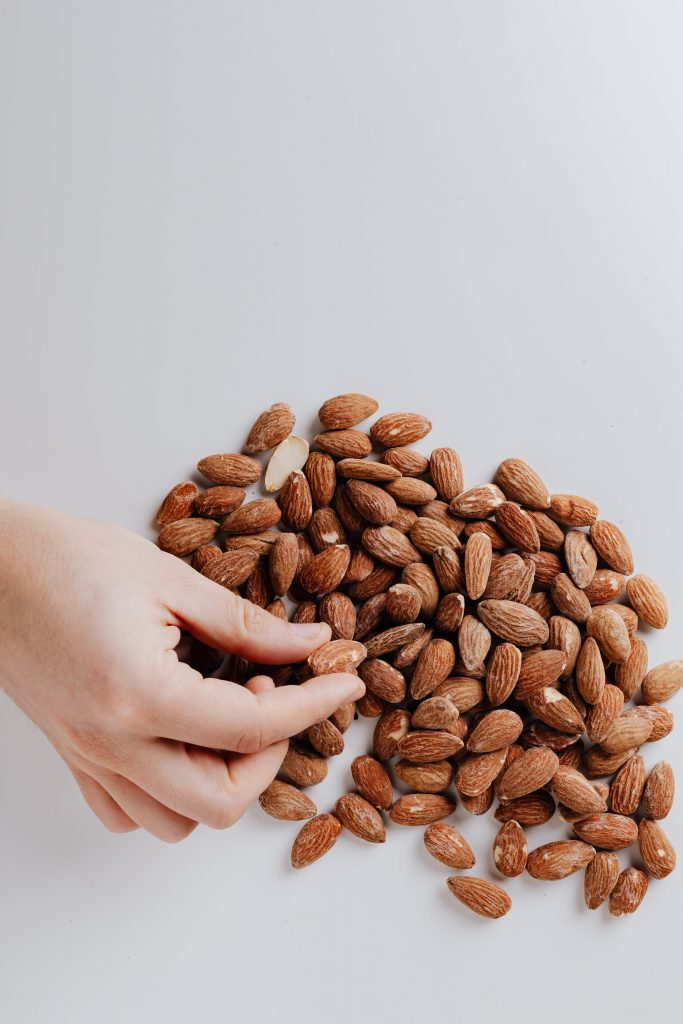Fats- There are so many myths regarding this macronutrient that it can also outnumber carbohydrate misconceptions. Does dietary fat make you fat? What is the importance of dietary fat? What are the different types of fat?
Let’s start– here are the most frequently asked questions…
Does Dietary Fat Make You… Fat?
The logical answer to this question is simple: you will not gain weight if you do not consume large quantities of calories and fats on a regular basis.
That is to say if you eat more calories than you burn, and the calories you burn come from fats, fats will make you fat.
Being overweight is not caused by a lack of exercise. It is caused by an excess of calories.
Following this line of reasoning, we may conclude that it makes no difference which macronutrient causes the surplus: if you eat too much protein, carbs, or fat, you will gain weight.
Remember the energy balance rule: you can gain weight if you eat more calories than your body needs to maintain its weight.
Conversely, if you eat fewer calories than it needs, you will lose weight.
The 4 Types Of Fat
All fats are not the same. Certain types of fat can be bad for the body.
When it comes to fats from food, there are a couple of types we differentiate.
Those are namely: Trans fats, saturated fats, monounsaturated fats & polyunsaturated fats.
Let’s go over each one separately!
Trans Fats
Fats are inherently unstable compounds. Fats spoil and lose their properties quickly when exposted to the enviornment.
Of course, industries that use a lot of fat during production have devised a method to address this issue.
“Hydrogenation” is the method for refining fats.
Hydrogen atoms are applied to the molecular structure of liquid fats using this method until they enter a solid or semi-solid state.
Foods made with hydrogenated fats have a longer shelf life as a result of this process.
Trans fats are fatty acids that have a chemically modified structure. The same structure found in hydrogenated fats.
When it comes to food, trans fats are one of the most harmful substances you can eat.
Trans fat consumption raises the risk of heart disease, miscarriage, type 2 diabetes, Alzheimer’s disease, and certain cancers significantly.
Trans fats are, without a doubt, one of the worst nutrients we have in modern-day food products.
However, given the abundance of such foods nowadays, it really is hard to get trans-fat consumption down to 0.
Nevertheless, all you have to do is avoid these foods: Margarine, some cookies, waffles, croissants, donuts, cakes, and other dough items, as well as most fast foods (wings, fries, and chips)
If you see any of these, you may be certain that the product contains trans fats.
Margarine, some cookies, waffles, croissants, donuts, cakes, and other dough items, as well as most fast foods (wings, fries, and chips) contain trans fats.
Saturated Fats
At room temperature, saturated fats are typically solid or semi-solid.
Long, medium and short-chained triglycerides are the three forms of saturated fats that can be distinguished.
Animal products, such as dairy products and beef, pork, and veal meat, include the first type (long-chained triglycerides).
Saturated fats are contained in small amounts in foods, such as chicken.
Palm, cocoa, and coconut oil all contain medium-chained triglycerides.
In the past, scientists believed saturated fats raised cholesterol levels.
In 2010 in the American Journal of clinical nutrition refuted this.
According to the findings, there is insufficient evidence to support the argument that saturated fats are the leading cause of cardiovascular disease and strokes.
Don’t go overboard with any type of fat.
We recommend that you consume no more than 5-10% of your daily calories from saturated fats.
Monosaturated Fats
Avocados, nuts, and certain plant oils, such as olive oil, are rich in monounsaturated fats.
Put this one at the core of your fat intake. It’s clean and unprocessed.
Some studies suggest that monounsaturated fats can be useful for the cardiovascular system, improving its function and lowering the risk of cardiovascular disease.
“Monounsaturated fat is a type of dietary fat. It is one of the healthy fats, along with polyunsaturated fat. Monounsaturated fats are liquid at room temperature, but start to harden when chilled. Medlineplus.gov
Polyunsaturated Fats
Last but not least, we have polyunsaturated fats, that are just as essential as monounsaturated fats.
In reality, Omega-3 and Omega-6 fatty acids are the only ESSENTIAL types of fats, and you’ve probably heard of them.
Essential means that the body cannot produce them on its own and that we must obtain them by diet or supplementation.
This is not true of the other three categories of fats, including monounsaturated fats.
Now, though omega-6 fatty acids are essential, they are found in abundance in our modern-day nutrition.
Plant oils, such as sunflower oil, corn oil, soy, and hemp oil, as well as nuts and seeds, contain a significant amount of short-chained omega-6 fatty acids.
Oppositely, we have arachidonic acid (AA), which is a long-chained form of omega-6 fatty acids.
This is involved in the structure of cell membranes and is used by the body to fight infection and regulate inflammation.
AA can be found in livers, eggs, yolks and seafood products.
Now, unlike omega-6 fatty acids, omega-3 cannot be found all that much in our modern-day nutrition and is actually in a deficit for most people.
The bad thing about this deficit is that omega-3 fatty acids are actually a preventative nutrient.
We can call them that because these fatty acids regulate inflammation and immune processes, along with many other processes in the body.
Omega-3 fatty acids are found in some animal products, such as fatty fish and crustaceans, but also in linseed oil, chia and hemp seeds and nuts.
Take-Home Message
Dietary fat is one of the most essential nutrients for the body next to protein and as such, it needs to be carefully selected.
The selection of fat-containing products is important, mainly because many foods contain highly-processed fats, which may not be the best for the body.
For this reason, the first step is to learn how to differentiate between the 4 different types of fat.
In the second part of this article series, we are going to give you more insight on the functions of dietary fat, as well as the best sources for you to derive these fats from!
See you in part 2.




